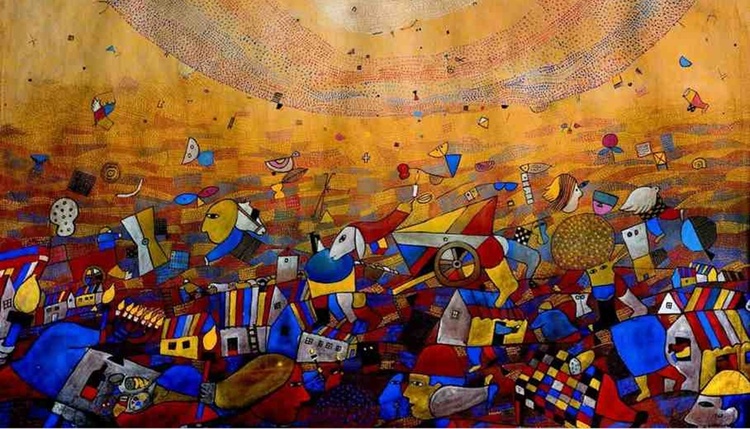
Vision of the Arts in Latin America today
In our Latin America we perceive and verify a situation of inertia, of inaction in the current development of the arts - particularly the plastic arts - where we can see a notable contrast with what their authors executed in other societies on the planet (Mexico, People's China). The verification of the nonexistence of an artistic movement that permeates and stirs the reflective sensitivity of our people is planned. Latin American plastic artists, in the specialty of painting, become pacific and even conformist and continuous, rather than engaging in a dynamic of removing the active and transformative consciousness of society. They are more concerned with exploring their own interior designs, with exercising with icons or symbols of the visual field using even adhesive tapes, or continuing with the technical proposal of the facilities; than for proposing authentic expressive and humanistic changes in contemporary art. The plastic arts must once again be useful and effective activities that lead to the process of integral transformation of our societies.
In our Latin American towns there is a notable absence of interest in valuing artistic products of high reflective category (works of art). It is verified that our people do not attend art halls (galleries, concerts, recitals). Nor are they interested in valuing them in their real dimension. It happens in Argentina, Cuba, Chile, Mexico, Peru, to name only the examples that, as a sample, are focused on in this article.
It can be understood that this is due to the absence of the cultivation of educational paradigms. Likewise, it can be understood that there are other priorities in our towns, such as economic or purely political ones. All of this is understandable in a subcontinent where survival represents the greatest value than any other spiritual and human need.
But, it can also be interpreted, with all verification, that Latin America goes through the common correlation of experiencing the same theoretical management of the socio-economic trend that today spreads throughout the planet: neoliberalism.
Needless to say, the influence exerted by this current, assumed from the political level, is vast and unsustainable, at least until now. One of its influences can be seen, precisely, in the artistic products, in the lives of its authors, in the very march of the artistic current in which it is located and developed.
Removal of consciences and paradigms
Artistic products emerge every day. Every day new artists emerge with new proposals. There is a constant creative dynamic. What is not seen, what is not verified is a qualitatively constructive and active product, which registers the capacity to stir the consciences of observers who do not necessarily understand the matter.
What is not seen is the change of artistic paradigm. There is currently no movement that generates new ideas and proposals that instigate the opening of a new artistic current, in such a way that seeks to stir people's most sensitive reflective fibers. As an example, let us cite current Mexican art where, after the muralist management of the mid-20th century, plastic artists stand out for their technical approaches, in some cases, and for their thematic ease in other cases. Focuses on following lines.
By itself, this artistic paradigm would be incapable of this generative act. It must arise from a social atmosphere shaken to its very core by powerful objectives of integral transformation. More, it can also promote it. He can incite it, he can stimulate it and become one of its most dynamic managers, alongside other movements that are not necessarily cultural, but essentially political and ideological.
What is needed is a thinking, renewing or innovative movement that, from science itself or from reality itself, participates with the clarity of its theory and with essential impact, in the construction or reconstruction of an aesthetic movement, in the plastic arts of our Latin America, possessor of that creative energy that promotes a constructive and comprehensive transformation of attitudes in the members of its societies.
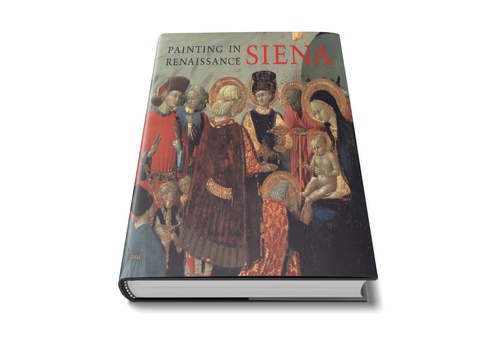
- June 30, 2025
Painting in Renaissance Siena, 1420–1500
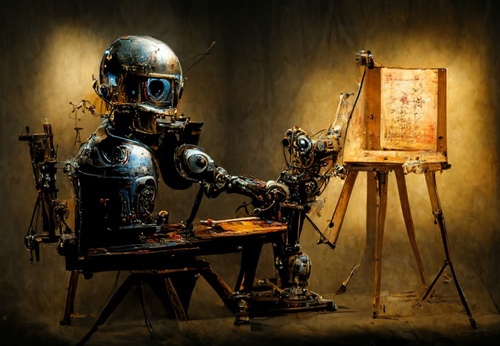
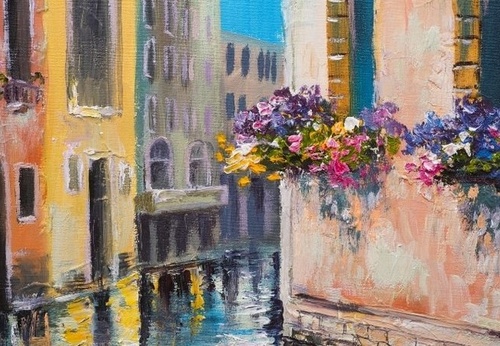
- June 30, 2025
What are Plastic Arts?
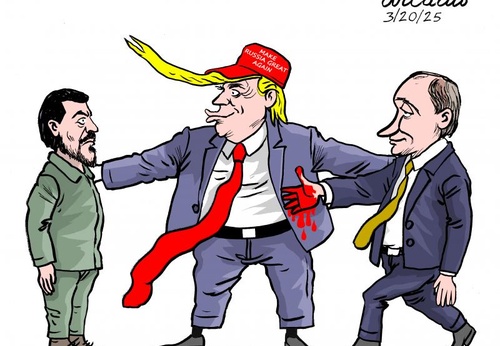
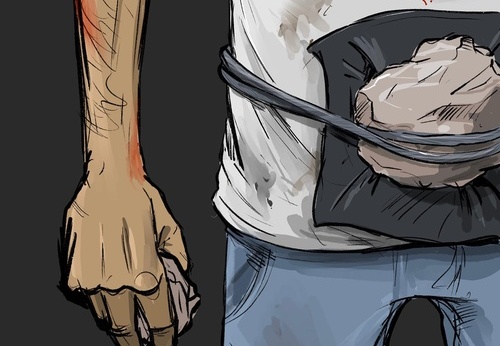
- June 30, 2025
Images Against Silence: Artists Who Challenge Power
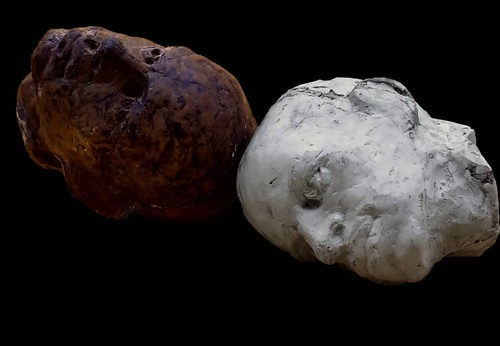
- June 30, 2025
Gallery Of Sculpture By Montalvan Cuellar Andres - Cuba


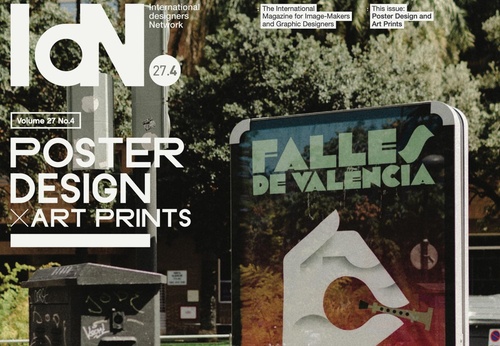
- June 29, 2025
Idn Magazine Volume 27 No.4: Poster Design

- June 30, 2025
Crítica de Obras Artísticas Criadas por…

- June 30, 2025
What are Plastic Arts?

- June 30, 2025
Images Against Silence: Artists Who Cha…

- June 29, 2025
History of Art Photography in the 20th …

- June 28, 2025
The 11 types of art and their meanings

- June 28, 2025
Contemporary Art is postmodern art

- June 26, 2025
Graphic Design, Art, and Technology: Wh…

- June 25, 2025
Graphic Design and Modern Content Creat…

- June 25, 2025
Art as a Manifestation of Resistance

- June 24, 2025
Latin American Art in the world

- June 24, 2025
Painting as a form of emotional express…

- June 23, 2025
14 questions and answers about the art …

- June 23, 2025
9 Latino painters and their great contr…

- June 22, 2025
The most famous image of Ernesto "Che" …

- June 21, 2025
Resistance in Ink and Paper: Illustrati…

- June 21, 2025
Art as a Tool for Enlightenment and Soc…

- June 18, 2025
Graphic Design and the Psychology of Co…

- June 17, 2025
Combining Art and Technology: Breaking …

- June 17, 2025
How has AI changed the world of graphic…

- June 16, 2025
Cultural and Social Impact of Digital A…

- August 29, 2023
The history of Bolivian art

- February 19, 2024
Analysis and meaning of Van Gogh's Star…

- January 28, 2024
Culture and Art in Argentina

- September 25, 2023
What is the importance of art in human …

- September 23, 2023
What is paint?

- August 10, 2023
14 questions and answers about the art …

- August 30, 2023
First artistic manifestations

- August 23, 2023
The 11 types of art and their meanings

- September 23, 2023
History of painting

- September 23, 2023
Painting characteristics

- January 12, 2024
10 most beautiful statues and sculpture…

- April 06, 2024
History of visual arts in Ecuador

- March 26, 2024
The importance of technology in art1

- August 16, 2023
The 15 greatest painters in art history

- January 31, 2024
Examples of Street Art – Urban Art

- March 26, 2024
Cultural identity and its impact on art…

- April 07, 2024
Graffiti in Latin American culture

- January 20, 2024
What is the relationship between art an…

- October 21, 2023
Contemporary art after the Second World…

- August 25, 2024
A Comprehensive Analysis of the Cartoon…

- February 19, 2024
Analysis and meaning of Van Gogh's Star…

- August 13, 2023
9 Latino painters and their great contr…

- August 10, 2023
14 questions and answers about the art …

- August 29, 2023
The history of Bolivian art

- January 28, 2024
Culture and Art in Argentina

- August 23, 2023
The 11 types of art and their meanings

- November 06, 2023
5 Latin American artists and their works

- August 27, 2023
15 main works of Van Gogh

- September 23, 2023
Painting characteristics

- September 23, 2023
What is paint?

- September 25, 2023
What is the importance of art in human …

- December 18, 2023
10 iconic works by Oscar Niemeyer, geni…

- August 30, 2023
First artistic manifestations

- January 20, 2024
What is the relationship between art an…

- March 26, 2024
Cultural identity and its impact on art…

- January 12, 2024
10 most beautiful statues and sculpture…

- October 30, 2023
Characteristics of Contemporary Art

- August 22, 2023
What are Plastic Arts?

- April 16, 2024
The most important painters of Latin Am…

- August 24, 2023


